Hack Squat vs. Barbell Squat: The Differences Explained
Hack squats and barbell squats are two classic leg exercises that serve drastically different purposes.
Unfortunately, not many lifters are aware of this disparity, leading to poor exercise selection and subsequently poor lower body development.
The main differences between the hack squat and barbell squat lie in the scope of their muscular recruitment. The hack squat emphasizes the quadriceps and is considerably more accessible than the barbell back squat, whereas the latter is better for overall muscular development and functional strength.
What is the Hack Squat?
The hack squat is a machine-based lower body compound movement involving the body being tilted at an angle as the weight is distributed from the top of the shoulders.
From this stance, the lifter bends at the knees and slides their hips downwards with a weighted sled against their back.
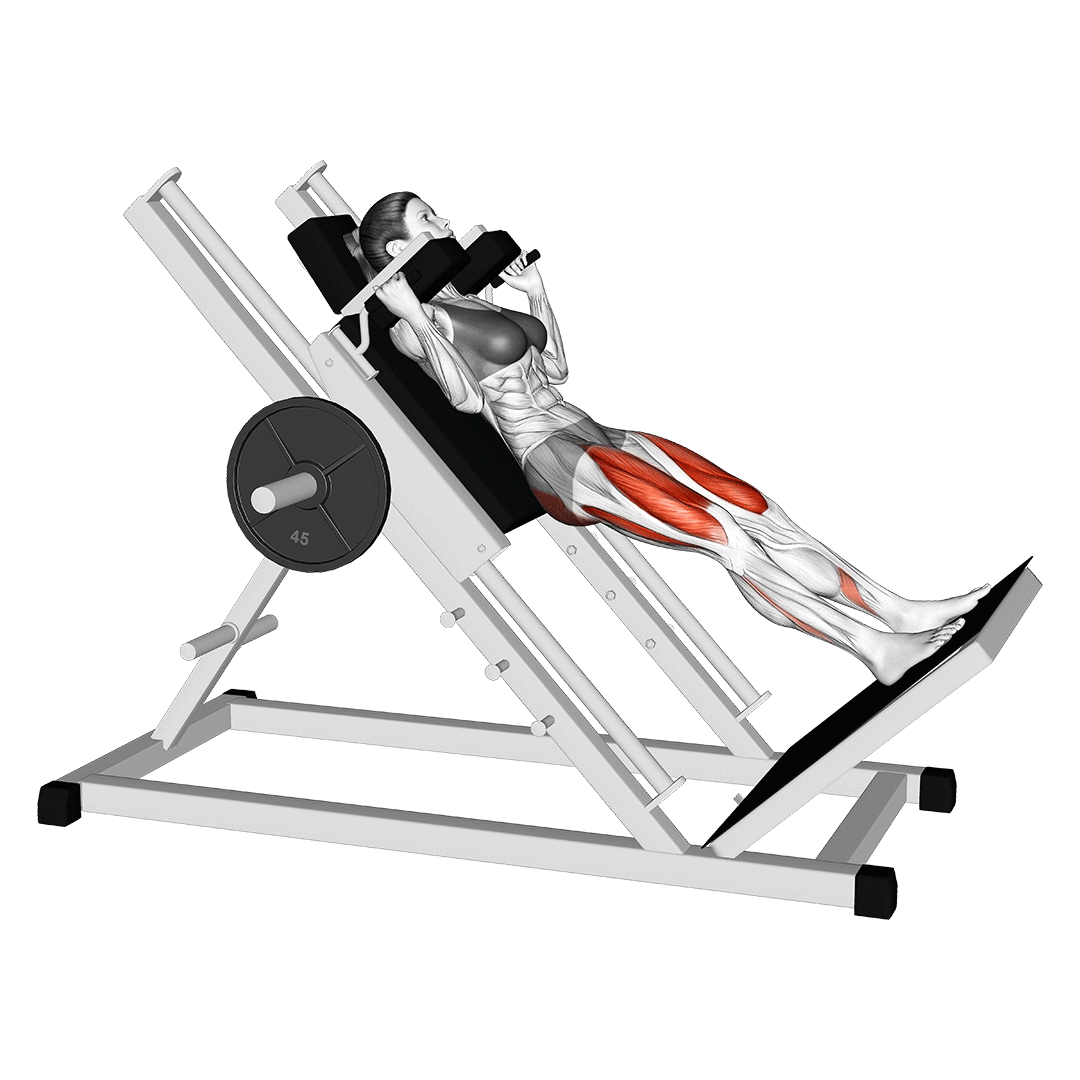
Hack squats are most often performed as a method of targeting the quadriceps femoris, although they nonetheless work the other muscles of the legs to a lesser extent.
This greater emphasis on the quads is primarily a result of the knees playing a larger role in comparison to other squat variations.
As far as training programming goes, the hack squat is often used as either a primary compound movement or as a low-intensity supplementary exercise for driving further hypertrophy.
Occasionally, hack squats are also used as a more back-friendly alternative to the barbell back squat, but this is drastically different to how it is meant to be used for uninjured weightlifters. If you wish to perform hack squats for this purpose, it is best to seek out the advice of a professional.
What is the Barbell Squat?
The barbell squat is a free weight multi-joint leg exercise involving a shoulder-width stance and a loaded barbell being placed atop the back of the shoulders. In this stance, the exercise is performed by pushing the hips back and bending at the knees.
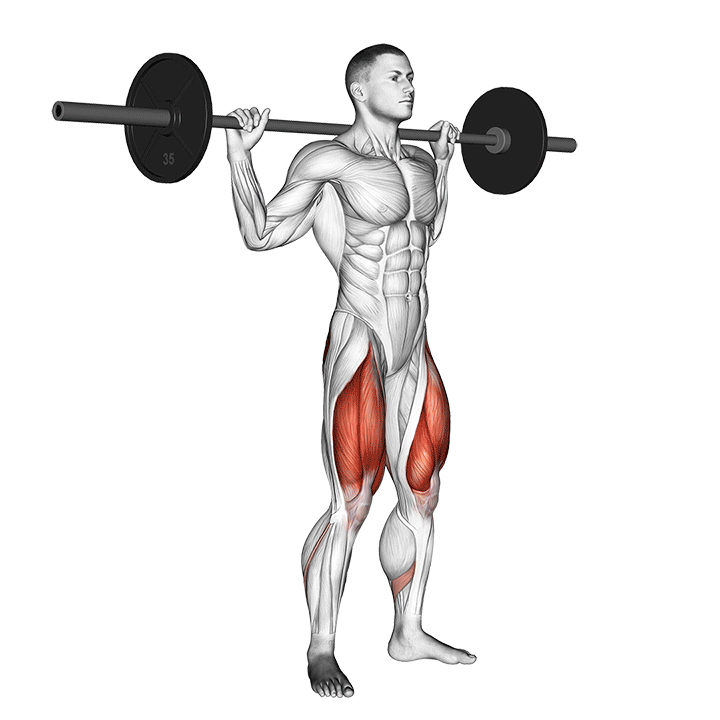
Barbell squats are the quintessential lower body exercise, as they are performed for purposes ranging from basic hypertrophy to acting as an in-competition lift.
Although barbell squats are indeed a quadriceps-driven movement, they are intense enough that all the muscles of the lower body are developed evenly when proper form is followed.
In training programs where barbell squats are included, they are often programmed as the main source of training stimulus. Rarely are back squats used as an accessory movement as they are considerably taxing on both the central nervous system and the muscles.
Hack Squat vs Barbell Squat - Differences in Muscular Recruitment
As mentioned at the start of this article, the primary differences between the hack and barbell squat lie in the muscles they target.
While the same muscles are recruited in either squat variation, the extent of said recruitment does differ. These differences are a result of the stance involved and the self-stabilizing nature of the hack squat - of which means that stabilizer muscles do not need to work as hard to keep the body in the right stance.
Quadriceps Emphasis
Although both the barbell squat and hack squat are undoubtedly excellent quadriceps exercises, the hack squat is comparatively better at isolating the quads.
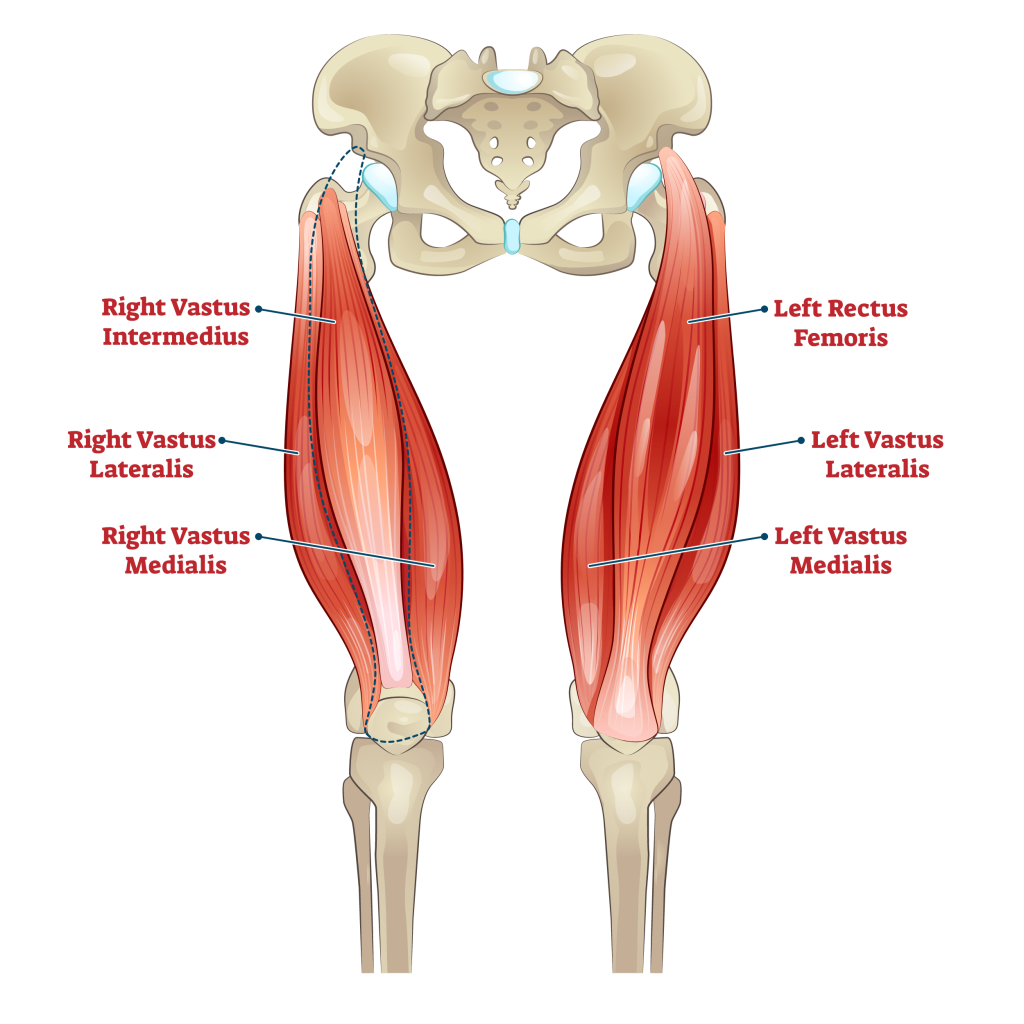
Note that this does not mean that the hack squat recruits the quadriceps to a greater intensity, only that it tends to favor working them over other muscles like the hamstrings or glutes.
The intensity to which the quads are recruited will largely depend on stance, form and how the exercise is programmed. It is entirely possible to get a better quadriceps workout out of the barbell squat than the hack squat, if the circumstances allow.
Posterior Chain Recruitment
Across the board, the barbell back squat is better than the hack squat for targeting the muscles of the lower posterior chain.
The glutes and hamstrings are both worked to a greater extent as more weight is distributed to them during maximum depth. Furthermore, back squats allow for greater hip flexion to occur - of which will target said hamstrings and glutes to a greater range as well.
This distinction goes hand-in-hand with the hack squat’s greater quadriceps isolation mentioned in the previous section. Barbell squats are more general-purpose, as far as muscular development is concerned.
Miscellaneous Stabilizer Muscle Recruitment
Both the hack squat and barbell squat target the abdominal muscles, obliques, erector spinae and other small lower back muscles to stabilize the entire movement.
However, the extent to which this occurs is comparatively more intense with the barbell squat. With the weight being vertically distributed atop the back, the core muscles need to work harder to ensure that the torso remains vertical and balanced as the squat is performed.
Of course, this is discounting the fact that free weights are inherently more demanding of the stabilizer muscles than self-stabilizing resistance machines.
Both aspects equate to the barbell squat being superior for targeting the various stabilizer muscles used in either exercise - as well as creating a more functional and stable physique overall.
Hack Squat vs Barbell Squat - Kinematics, Kinetics and Mechanics
Of course, all the differences between the barbell squat and the hack squat lie in the distinct way they are performed. Seemingly small changes in foot width, movement pattern or the angle of the body can cause different muscles to be developed more effectively.
Knee Tracking and Ankle Dorsiflexion
Due to the difference in position and the angle of the feet, the hack squat will feature a more forward position of the knees - where they will go over the toes to a further length than is advisable for a barbell squat.
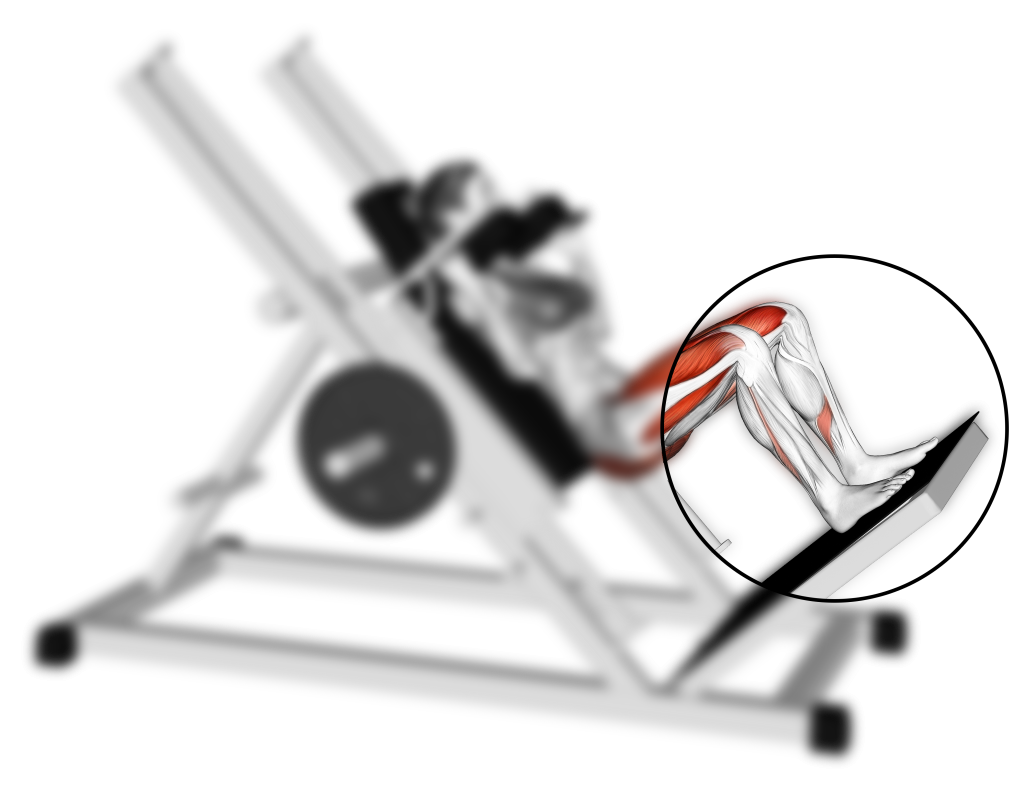
While this is perfectly safe so long as they remain aligned with the toes themselves, the ankles will require greater mobility and enter a larger range of dorsiflexion due to the greater distance between the heels and the back of the knee.
Speaking of the heels, the feet will need to adopt a more forward position relative to the hips when performing hack squats, rather than the usual slightly-ahead-of-the-torso seen with barbell squats.
Furthermore, this more forward position of the knees creates a better workout for the quadriceps as the hips become less involved in the overall movement pattern.
On the other side, the barbell squat is meant to feature less forward leaning and therein places less stress on the knee joint itself. Furthermore, slightly less flexibility of the ankle tendons will be required.
This difference in knee positioning can even have effects on the lifter’s stability in either exercise. If transitioning from one to the other, lifters more familiar with hack squats may find maintaining the appropriate torso verticality more difficult out of habit.
Stance Width, Torso Orientation and Knee Flexion Angle
As touched upon in the previous section, hack squats are somewhat different from back squats as far as general stance and width are concerned.
A more forward position of the knees allows for greater flexibility as far as foot position goes - generally with most lifters adopting a narrower one for even greater quadriceps engagement (below). This creates a more vertical force output as well, despite the general incline of the entire machine.
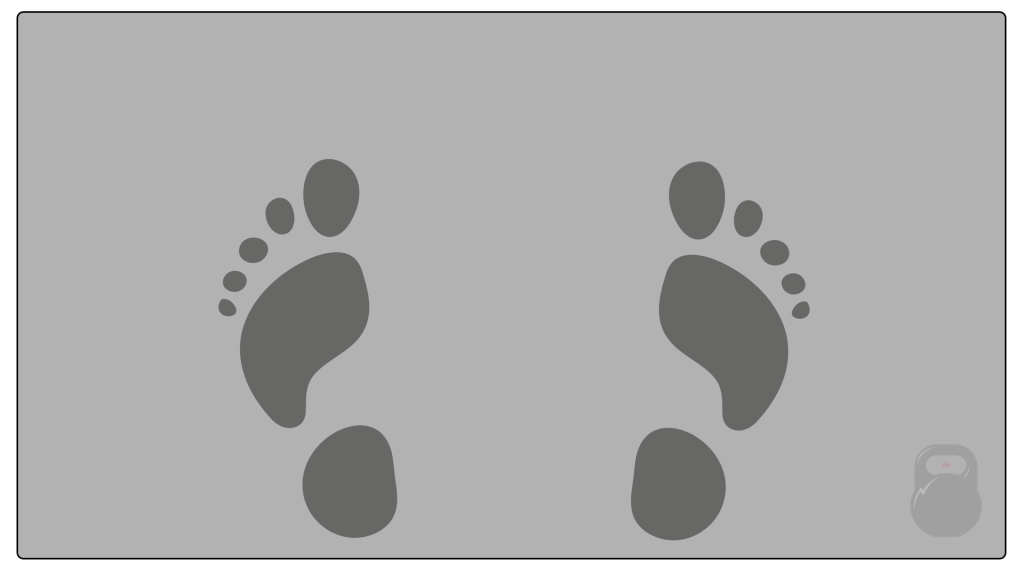
Likewise, the majority of squatters will select a shoulder-width stance, ever so slightly narrower than is seen with a hack squat. They make up for this greater strain on the hips with a slightly wider knee tracking angle, altering the angle of flexion.
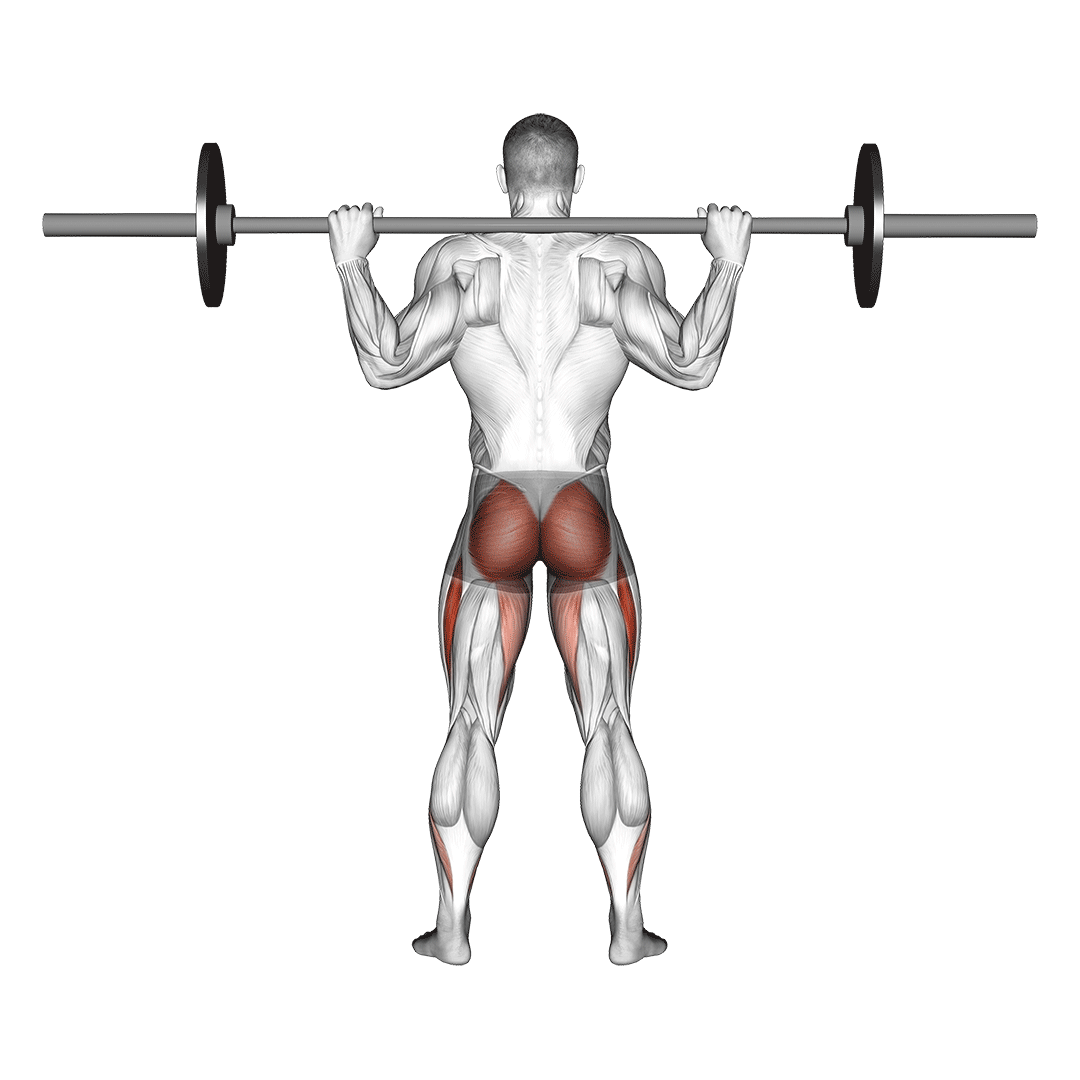
Because the entire body is a chain, these changes in lower body positioning also affect how the torso is oriented during either exercise.
With the barbell squat, a more vertical torso angle is created as the heels are closer to the hips. In comparison, the hack squat will generally feature the lifter pressing backwards against the pad as they squat down.
Miscellaneous Stance and Mechanical Differences (Arms, Neck, etc.)
Apart from the more important aspects of the hack or barbell squat’s form, minute differences in arm usage, head position and overall stability are also present.
Generally, a barbell squat will require the lifter to balance the bar atop their trapezius muscles at the back of their neck. This calls for greater attention paid to the neck and the underlying section of spine - as well as both arms firmly grasping the bars out to either side.
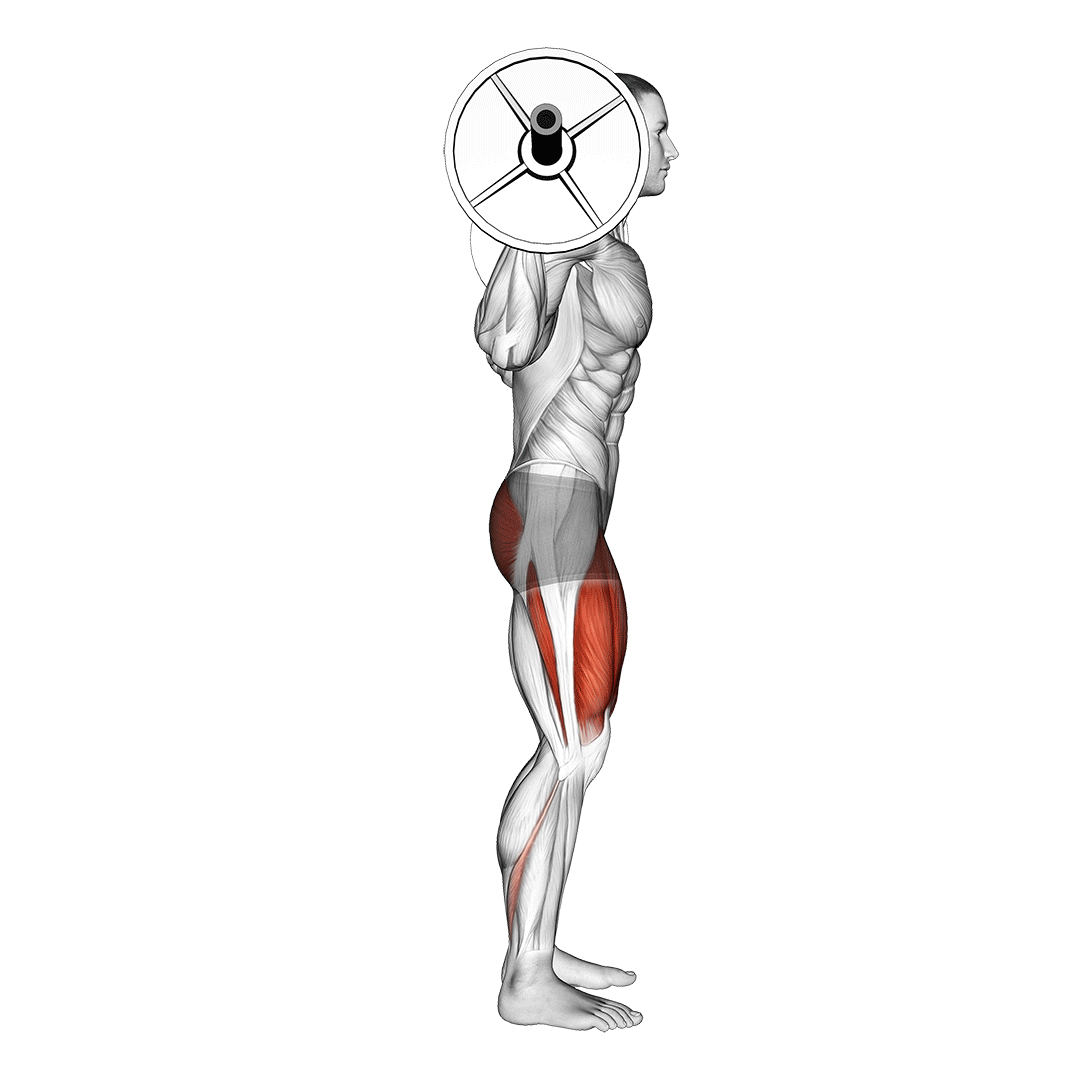
These aspects are distinct from the majority of hack squat machines, where a ring of pads enclose the back of the neck and rest atop the shoulders. Occasionally, these machines also provide additional stability through graspable handles that extend above these pads.
While these differences may seem entirely inconsequential, lifters with currently present arm injuries or those that wish to avoid pressurizing the cervical section of the spine will both find the hack squat to be a more suitable exercise.
Hack Squat vs Barbell Squat - Accessibility, Injury Risk, Stability and Joint Impact
With how intense either exercise can be, it's no surprise that both the barbell and hack squat have their own individual risks and disadvantages.
These should be accounted for when deciding which exercise is more appropriate, as greater accessibility and a lower injury risk generally means a more novice friendly exercise.
Accessibility
Overall, the hack squat is considerably more accessible to novices or those unfamiliar with the back squat.
With a lower injury risk, simpler form and self-stabilizing resistance, hack squats are both easier to learn and more forgiving when it comes to mistakes made in execution of the exercise.
Of course, it is indeed true that hack squat machines are considerably bulkier, pricier and serve a narrower purpose than a simple barbell and set of weight plates. If selecting equipment for a home gym, it is best to go with the back squat.
Furthermore, despite the accessibility of the hack squat, it is less likely to build functional strength or skills needed in real life physical activity. Its role is reserved for building muscle mass and situation-specific strength in the quadriceps femoris.
Injury Risks
With a greater level of intensity and complexity, the back squat is far more likely to result in injury than the hack squat.
While there is no denying that both exercises can result in injury if performed incorrectly, the number of possible types of injuries that can occur as a result of the back squat are far more numerous.
During a hack squat, the largest risk lies solely with the knee joints themselves - where strain or tearing can occur as a result of poor knee joint mobility, bad form or using far too much weight.
In comparison, an incorrectly performed back squat can lead to injuries in areas ranging from the shoulders to the ankles or even to the lower back. Far greater attention to proper form, preparation and programming should be paid with the back squat.
Joint Impact
Another point to consider when comparing the hack and barbell squat is the manner in which they distribute pressure through the body.
The barbell back squat will load free weights atop the upper back, creating downward pressure along the spine. Compression injuries and slipped discs as a result of this pressure can occur when poor spine neutrality is present.
While some level of torsion at the knee can indeed occur, this is largely mitigated by properly flexing the hips and avoiding braking at the wrong depth.
On the other hand, the hack squat creates far greater pressure on the knees, regardless of form used - but, comparatively, will place almost no load through the spine.
If you have a history of injury in the knees or back, consider these aspects before performing either exercise.
Hack Squat vs Barbell Squat - Athletic Carryover and Overall Muscular Development
Tallying up these various differences brings us to specific cases where one exercise is superior to the other.
Which Exercise is Better for Functional Strength and Athleticism?
For athletes or individuals that wish to build strength that applies outside of the gym, the barbell squat is superior across all lots.
Not only does the barbell squat train all the major muscles of the lower body to a more balanced extent, but it does so in a manner that also utilizes isometric contraction - of which is needed in functional activities.
Furthermore, the barbell squat replicates the natural squatting movement performed by individuals when squatting in real life, aiding with the principle of specificity.
Which Exercise is Better for Hypertrophy and Muscle Mass?
Depending on which specific muscle you wish to build muscle mass in, either the hack squat or barbell squat can be a better choice.
For quadriceps mass, the greater volume, larger range of motion and greater isolation of the hack squat makes it ideal for inducing muscular hypertrophy. However, these aspects also make it less effective than the barbell squat for building mass in the glutes or hamstrings.
If the goal is to maximize hypertrophy of the lower body, combine the hack squat with the reverse hack squat for a more comprehensive lower body workout.
Which Exercise is Better for Powerlifting?
In the sport of powerlifting, the barbell back squat is one of three staple exercises that should be practiced by all aspiring competitors, regardless of other training goals.
The hack squat may also be performed, but more in a supportive or supplementary role, rather than as the main lower body exercise of a powerlifter’s workouts.
Other Considerations
Consider Other Squat Variations
Although we’ve done an in-depth examination of both exercises in this article, they are not the only two squat variations out there. Movements like the front squat, barbell hack squat or leg press can all act as substitutes, depending on your training goals.
If you find both the hack squat and the barbell squat to be insufficient for meeting your needs, look for other squat variations to try.
Neither Exercise is Suitable for Those With Knee Injuries
While the hack squat indeed places greater stress on the knees in comparison to the barbell squat, neither exercise is necessarily a “knee-safe” movement.
If you have a history of injuries or instability at the knee joint, it is best to first speak to a medical professional prior to attempting any variation of squat.
Can You Do Both the Hack Squat and the Barbell Squat?
Yes - it is entirely possible to do both exercises within the same workout. This is often done so as to maximize hypertrophy and strength development of the quads while still targeting the rest of the lower body as well.
Ensure that the barbell squat is performed first and prioritized in your training programming for the best results.
In Conclusion, Which Squat is Better?
For a comprehensive leg workout or building strength, the barbell squat is superior. Likewise, for isolating the quadriceps or reducing back strain, the hack squat is a better choice.
Remember that there are aspects to either exercise beyond the benefits they offer.
Make sure your choice of exercise accounts for any injury risks you may be avoiding, your current level of experience and whether its equipment requirements are practical for your situation.
References
1. Erdağ, Deniz & Yavuz, Hasan. (2020). Evaluation of Muscle Activities During Different Squat Variations Using Electromyography Signals. 10.1007/978-3-030-35249-3_114.
2. Schwarz NA, Harper SP, Waldhelm A, McKinley-Barnard SK, Holden SL, Kovaleski JE. A Comparison of Machine versus Free-Weight Squats for the Enhancement of Lower-Body Power, Speed, and Change-of-Direction Ability during an Initial Training Phase of Recreationally-Active Women. Sports (Basel). 2019 Sep 30;7(10):215. doi: 10.3390/sports7100215. PMID: 31574918; PMCID: PMC6835729.
3. Clark, Dave & Lambert, Mike & Hunter, Angus. (2017). Trunk Muscle Activation in the Back and Hack Squat at the Same Relative Loads. Journal of Strength and Conditioning Research. 33 Suppl 1. 1. 10.1519/JSC.0000000000002144.
